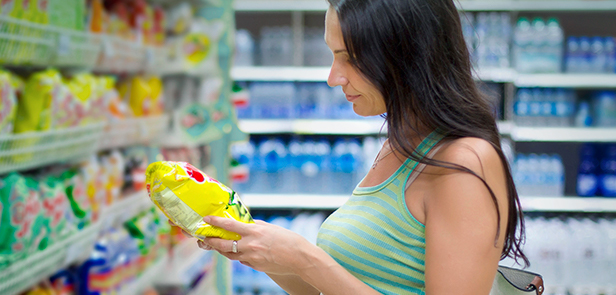
Categoria: Grouping
Shelf Life and factors that influence the durabilitiy of food
Shelf life determines the time a food has to be consumed before losing its characteristics and quality. It is called shelf life, which comprises the period between production and consumption of the product. Many factors can influence shelf life, from raw material to packaging, including the consumer’s own perception and expectation.
The IFST (Institute of Food Science and Technology) classifies as intrinsic and extrinsic factors that affect shelf life. The properties of the final product, such as pH and acidity, nutrients and use of preservatives in the formulation, in addition to variables such as raw material and quality, constitute the intrinsic factors.
Extrinsic factors, on the other hand, are related to external issues such as humidity, temperature control, exposure to light, and composition of the atmosphere inside the packages and microbial counts during processing, storage and distribution. Handling by the consumer is also an external factor of great influence.
The interaction of these internal and external factors inhibit or stimulate a series of processes that limit shelf life. These are physical, chemical, microbiological and sensory characteristics such as aroma, texture, flavor and appearance, which determine the shelf life of food and pose major challenges to food industries.
With so many influences, how to guarantee the extension of the products’ useful life?
There are a number of points in the food chain where manufacturers can influence the mix of intrinsic and extrinsic factors that affect shelf life: selection and quality of raw materials, product formulation and elaboration, environment and processing techniques and preservation, storage and distribution, consumer handling and packaging.
Research has even been focused on packaging techniques, increasing the options available to maintain quality and prolong the shelf life of food. Modified atmosphere packaging (MAP), for example, has a great impact on shelf life.
How does the modified atmosphere work?
This packaging system changes the atmosphere around the product and changes during the shelf life of the food, due to the permeability of the packaging and the breathing of the product. The modified atmosphere removes most of the residual oxygen present in the packages, introducing a mixture of gases to inhibit the proliferation of microorganisms, the formation of fungi and the natural enzymatic action in certain products.
This process can be done using a forming tube adapted for injecting inert gas into any model of packaging machine. In this way, the product maintains an extension of its useful life and better presentation at the point of sale. Another advantage is that modified atmosphere packaging also reduces and may even eliminate the need for preservatives.
The micro-hole device is another option to increase shelf life, as it facilitates the removal of oxygen from the package. Even small amounts of oxygen can impair quality and even prevent products from being marketed.







